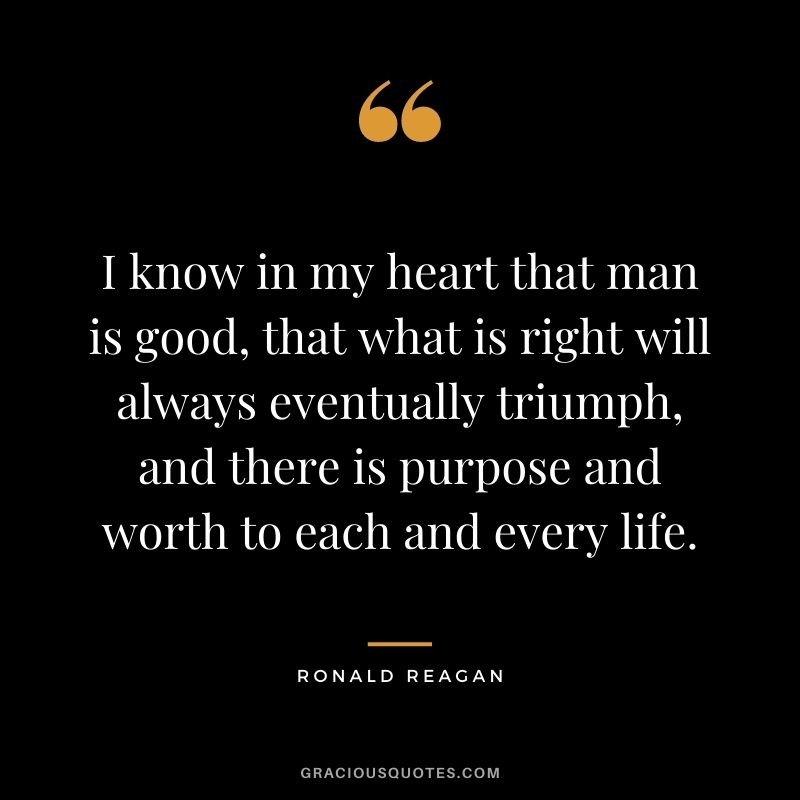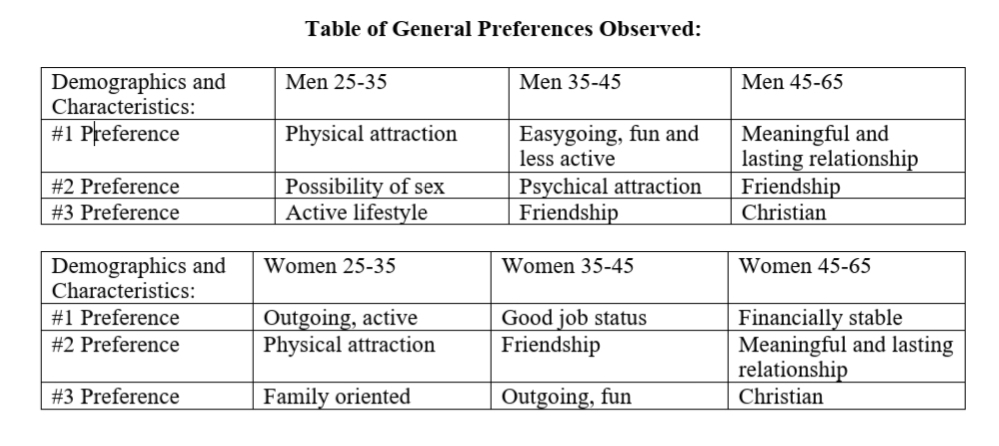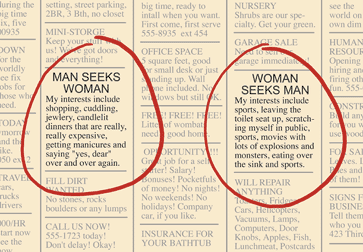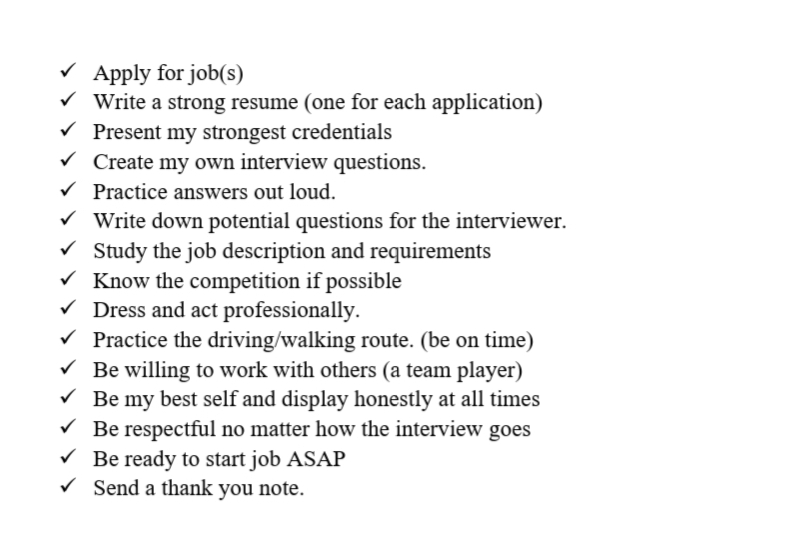Artifact 3:
For my last Top ePortfolio Artifact, I chose the Module 14 archive: Subjective Happiness Scale (SHS). After answering the 4 questions, my overall score after the mean calculation was 6.6. According to a statement made in the instructions, the average happiness score runs from about 4.5 to 5.5. And, college students tend to score lower (averaging a bit below 5) than working adults and older, retired people (who average 5.6). Therefore, my score is actually above all these averages. I suppose this means I can be considered happier than the average person.
I picked this as my final Top Artifact because I have always been fascinated by the concept of happiness and how surprisingly subjective it can be despite how we think of it as being solely an objective concept. For example, happiness is something I’m sure we all strive for so we can all agree that happiness is what we want. However, no matter how similar two people might be, they will both have different, and possibly conflicting views on what happiness actually means to them. This paradox is what interests me about happiness and is why I jumped at the chance to explore it further in this Top Artifact.
From this experience I learned that how we happy consider ourselves to be can change drastically when we compare ourselves to others. For example, I consider myself to be a very happy person, though if I compared myself to others I know, my idea of happiness changes quite a bit. However, this goes back to the nature of happiness which is that it is basically different to everyone. An example of how it can be different is that I actually enjoy, to a reasonable extent, being a student, which contributes much to my current happiness in this role. Whereas in some others who are students, like my fellow classmates, are not happy within this role and find life quite unsatisfying. I always try to be positive and upbeat, which has helped me to overcome many challenges in life so far and I don’t regret this lifestyle, even in retrospect.
As was suggested in the Artifact prompt, for an image which encompasses happiness, to me, I chose a quote from the late former president, Ronald Reagan. To me, this quote represents how happiness should be viewed: that we should believe that all people are inherently good, what is right defeats what is wrong and that everyone has meaning. No matter the circumstances, everyone deserves to be given the chance to do good and through this good, which functions to opposite evil, everyone finds purpose. And to have purpose is to find happiness.

https://graciousquotes.com/ronald-reagan/
Artifact 2:
I enjoyed analyzing advertisements for both blog post 5 and 6 and since the artifact from Module 9 was within the same vein, I decided to choose it to write a little about the subject even if it is not exactly the same process. As stated by the prompt, I used ClassifiedAds as well as another sort of dating site to find evidence regarding gender specific preferences when choosing romantic partners.
When doing the research part of this artifact, I was surprised to learn that men and women were actually more similar in many ways. For example, in the age group of men and women 25-35, both toted their own looks proudly and sought the same from others. This held true no matter sexual orientation as well. Although, as to be expected, men of all orientations focused more on attractiveness. I did not mean to imply that men and women were completely equal in this area, only that they were more alike than I would have expected. Now what was like the expected nature of both genders was that most younger men made it clear that sex was their aim, whereas younger women focused more on how they wanted a partner who could help raise a family.
As I searched, the older the men become, the narrower and more grounded their pitches became. For example, men in the age groups of 35-45 put less emphasis on physical attraction, though still present, and more on how they would spend time with their partner doing other activities besides sex. Then as the men got even older, in the age group of 45-65, they began seeking friendships from their partner and wanted a meaningful and lasting relationship. Likewise, the older the women became, the more realistic they became. They were more concerned with looking for partners with good financial standing, while remaining somewhat outgoing with a strong emphasis on friendship much like older men did. While men certainly had farther to go as far as maturity is concerned, both sexes, regardless of sexual orientation, generally searched for forming deep connections with their potential partners, those with the same views (e.g., same religion and political affiliation) and those who wish to make the kind of commitment that only soulmates engage in. These relationships were based on time and compatibility rather than beauty and lust. But still worth mentioning is that women still held the condition that a partner could be able to provide even in older age groups whereas Men did not have this condition. From what I observed as the most prominent preferences for men and women regardless of what sexual orientation they had, I constructed a table (as suggested by the prompt) with the 3 age groups I researched and with said (top 3) preferences. Table is attached below: From doing this artifact, I learned that people seem to express only their best qualities on these kinds of sites. I’ve never ventured onto one before and I didn’t how selective they could be. In many ways, the personal ads I observed are the same as the ads which I used in blog posts 5 and 6 in the fact that they are trying to sell something and only the pros are presented while the cons are oddly absent. Basically, the same rules which apply to commercial ads hold true for personal ads as well. To illustrates this fact, I found and decided to attach (another) image which displays how we attempt to sell ourselves to others. I guess I can see now why people warp reality a little when using these sites.
From doing this artifact, I learned that people seem to express only their best qualities on these kinds of sites. I’ve never ventured onto one before and I didn’t how selective they could be. In many ways, the personal ads I observed are the same as the ads which I used in blog posts 5 and 6 in the fact that they are trying to sell something and only the pros are presented while the cons are oddly absent. Basically, the same rules which apply to commercial ads hold true for personal ads as well. To illustrates this fact, I found and decided to attach (another) image which displays how we attempt to sell ourselves to others. I guess I can see now why people warp reality a little when using these sites.

https://historymaniacmegan.com/tag/personal-ads/
Artifact 1:
From Module 5: Social Perception, I selected this artifact because it interested me the most due to past experience. Last year in technical writing, I was asked to write about what qualities were best to have for an interview and then what questions are best as the interviewer such as “What can you bring to the company” and “Where do you see yourself in 5-10 years in our establishment”. I found that assignment very engaging because I feel that it will help in the future with upcoming graduate school interviews and work interviews. And then this artifact expanded greatly on this for me and I really appreciate that an assignment exists here to help students be prepared for success. Additionally, I’m happy to have crossovers between classes as they continue to build upon each other.
From doing this artifact, I learned about how adapting to different work environments is necessary such as the difference between an interview for an internship and one for a graduate school. This really got me thinking about how I need to have multiple strategies when preparing for interviews. From the PSYC-304 textbook, I learned about self-enhancement and other-enhancement which divide impressions between efforts to make ourselves more appealing to others and efforts to make another person feel good about themselves, respectfully. Now that I know this, I can form new plans of action to aid myself when preparing for another interview.
For example, for the graduate school question, which is something I need to be actively planning for, I mentioned that for self-enhancement, it would be best to dress nicely, have answers to commonly asked questions ready, display your academic success in a humble manner and respect the rules for application. For other-enhancement, I said to compliment the school’s stellar record and history, mention how it was your first choice and the best option available. Then, comment about your hopes after you have finished and show that you will use the knowledge learned from the institution.
As was suggested by the prompt for this artifact, I made a checklist of things I feel would be addressed during an average interview. This is a similar list to that I listed in technical writing, but I have expanded on it to cover a broader range of interviews after learning examples from PSYC-304. Below is a screenshot of my checklist designed for the interview process.
